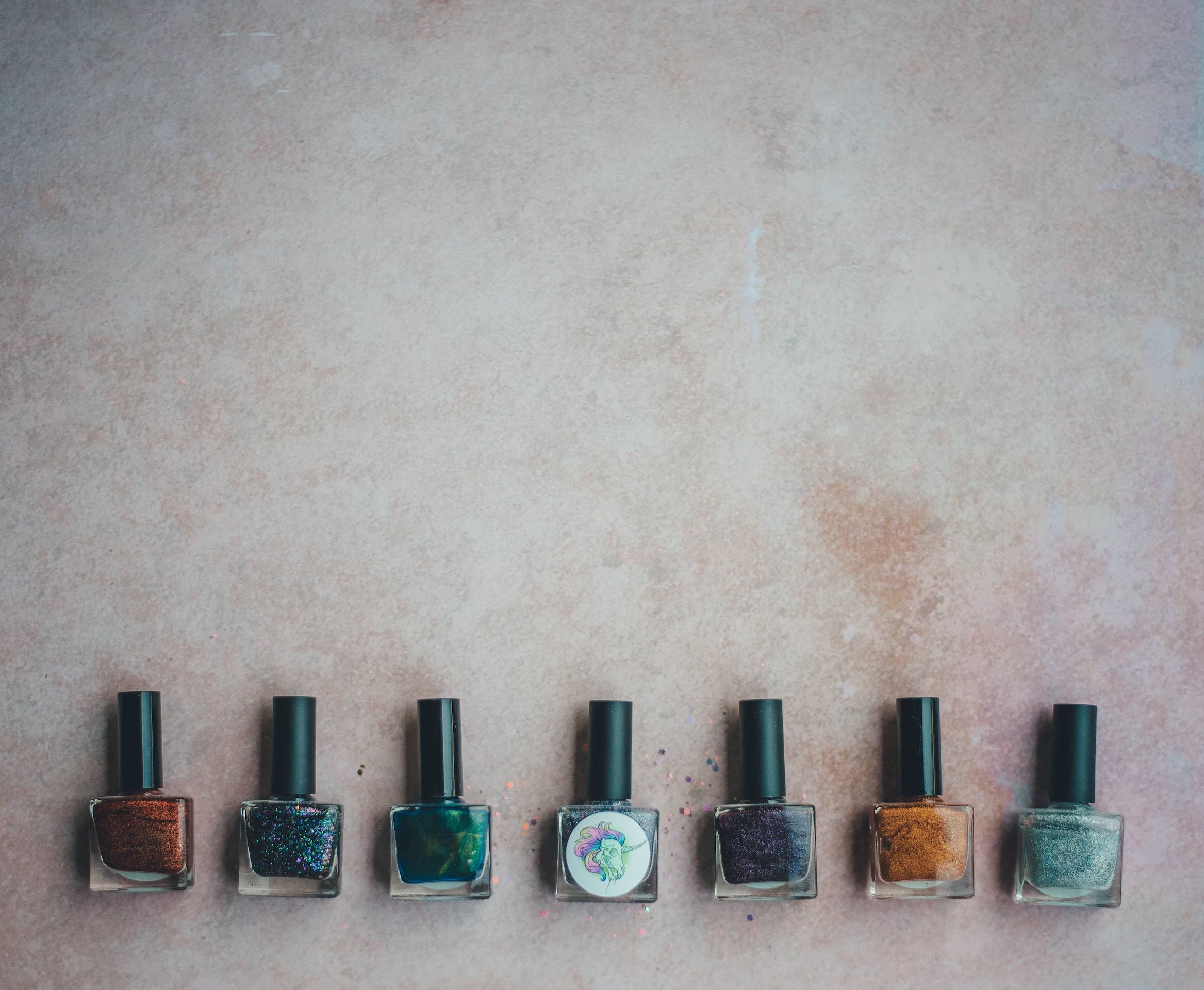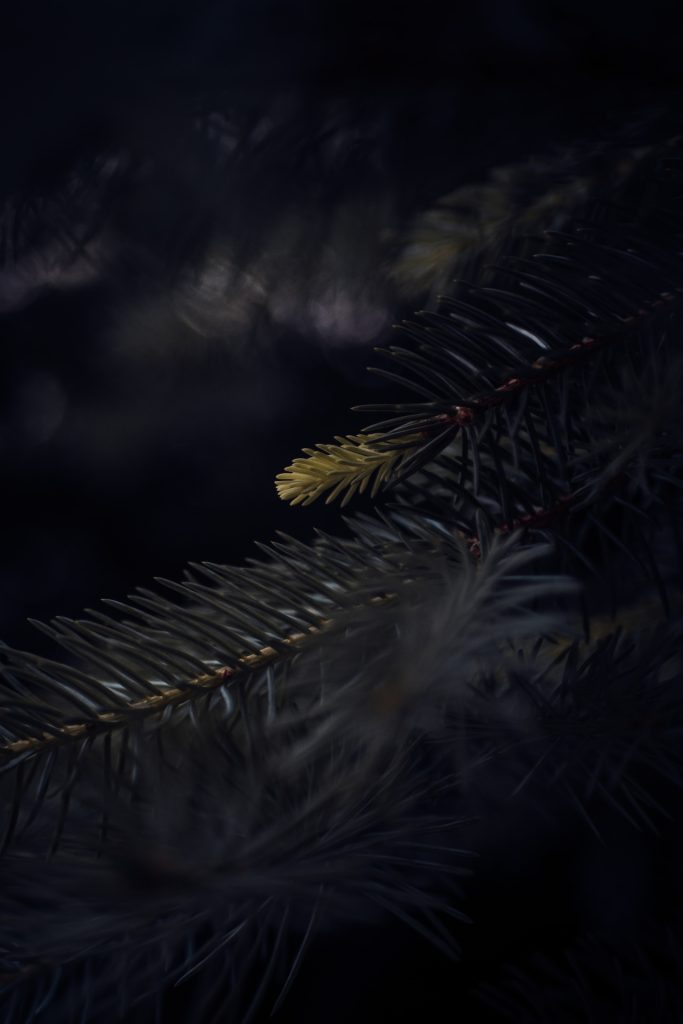
Shading techniques are an essential part of the art world, helping to add depth, dimension, and realism to drawings and paintings. Whether you’re a beginner or an experienced artist, understanding various shading techniques can take your artwork to the next level.
1. Hatching
Hatching involves creating parallel lines to represent shading. The closer the lines are, the darker the shading appears. Hatching is commonly used in pen and ink drawings and can create a sense of texture and depth.
2. Cross-Hatching
Similar to hatching, cross-hatching involves creating intersecting lines to create shading. This technique adds more depth and complexity, as the overlapping lines create different tones and textures.
3. Contour Shading
This technique involves following the contours of the object being shaded. By identifying the highlights and shadows, you can create a sense of volume and form. Contour shading is commonly used in figure drawing and portraiture.
4. Stippling
Stippling involves creating tiny dots or dashes to create shading. The closer the dots, the darker the shading appears. Stippling can create a unique and textured appearance and is often used in illustrations and pointillism artwork.
5. Blending
Blending is the process of smoothing out and blending different tones together. It can be done using various tools such as a blending stump, tissue paper, or even fingers. Blending helps to create smooth transitions between light and dark areas.
6. Scumbling
Scumbling involves applying a light layer of opaque or semi-opaque color over an existing layer. This technique can create a soft, textured effect and is often used to depict foliage, clouds, or other organic elements.
7. Stumping
Stumping, also known as tortillon, involves using a cylindrical tool made of tightly rolled paper or felt to blend and soften pencil or charcoal marks. It helps to create smooth, graduated tones and is commonly used in portrait drawing.
8. Smudging
Smudging involves using a finger, cloth, or blending tool to spread and blend pencil or charcoal marks. It can create a soft, diffused effect and is often used in creating shadows or smoky backgrounds.
9. Chiaroscuro
Chiaroscuro is an Italian term that refers to the contrast between light and dark. This technique involves depicting extreme contrast in tonal values to create a dramatic effect. It is commonly used in portrait painting, highlighting the features and creating a three-dimensional effect.
10. Dry Brushing
Dry brushing involves using a dry brush with very little paint or ink to create a scratchy, textured effect. It can be used to add texture to various surfaces such as wood, rocks, or fabric.
These 10 shading techniques provide artists with a range of options to add depth, dimension, and realism to their artwork. Experimenting with different techniques and finding the ones that suit your style and subject matter can greatly enhance your artistic skills. Practice and persistence are key to mastering these shading techniques and incorporating them into your own unique artistic style.

